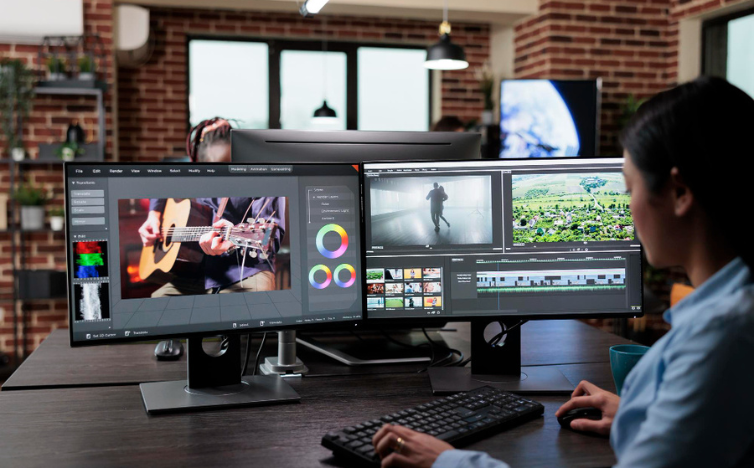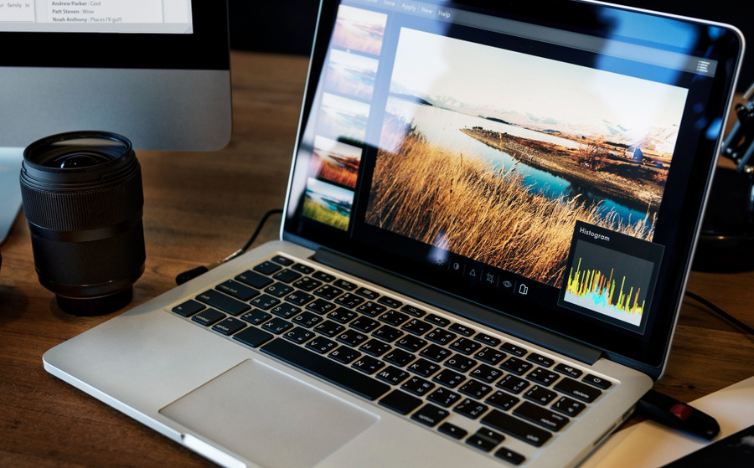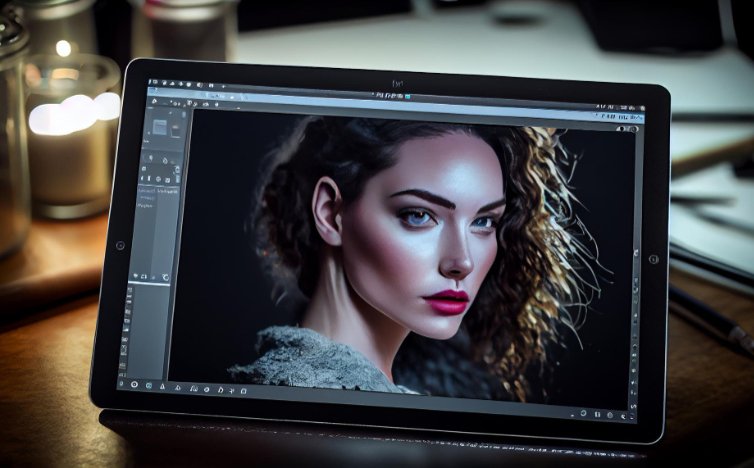In the bustling world of digital creativity, the right photo editing tool can be the difference between a good project and a great one. Thanks to AI, photo editing has improved significantly, making it easier and faster to create impressive visuals.However, the growing number of AI-powered editing tools can be overwhelming to the average user. Which tool is the right one for your particular needs?
With numerous AI photo editing tools on the market, each with its own set of features and capabilities, selecting the right one can feel difficult. To assist you in finding the best fit for your needs, we’ve created a comprehensive guide highlighting essential factors to consider when choosing an AI photo editing tool.
Table of Contents
Choosing Your AI Photo Editing Tool
When it comes down to selecting the right AI photo editing tool, consider the following:

Ease of Use
One of the most important factors to consider is the tool’s user interface and ease of use. Look for an intuitive platform that allows you to effortlessly navigate through its features and functionalities. Ideally, the tool should offer a user-friendly interface with simple controls and easy access to editing options.
Editing Capabilities
Assess the editing capabilities offered by the AI tool. Does it provide basic editing functions such as cropping, resizing, and adjusting brightness/contrast? Additionally, look for advanced features like automatic image enhancement, object removal, and background replacement, which can significantly streamline your editing workflow and enhance the overall quality of your photos.
AI Technology
Pay attention to the AI technology powering the editing tool. Different tools utilize varying algorithms and machine learning techniques to analyze and enhance images. Look for AI-powered features such as facial recognition for portrait editing, scene detection for landscape photography, and style transfer for creative effects.The quality of edits generated by the tool will be significantly impacted by how advanced the AI technology is.
Learn More: Benefits of AI Photo Editing Tools
Customization Options
Consider the level of customization offered by the AI photo editing tool. Can you adjust editing presets to suit your personal preferences? Does the tool allow for manual fine-tuning of individual editing parameters? Customization options are essential for achieving unique and personalized edits that align with your artistic vision.
Compatibility and Integration
Check the compatibility of the editing tool with your devices and operating systems. Ideally, choose a tool that is compatible with both desktop and mobile platforms, allowing you to edit photos seamlessly across different devices. Additionally, consider integration with other software and services such as cloud storage platforms and social media networks, which can streamline your workflow and enhance collaboration.

Price and Subscription Model
Evaluate the pricing structure of the AI photo editing tool. Some tools offer free versions with limited features, while others operate on a subscription-based model with tiered pricing plans. Consider your budget and the value provided by the tool in relation to its pricing. Look for flexible subscription options that cater to your editing needs without breaking the bank.
Community and Support
Lastly, consider the support and community surrounding the editing tool. Does the tool offer comprehensive documentation, tutorials, and customer support channels to assist you in case of any issues or inquiries? Additionally, explore online communities, forums, and social media groups dedicated to the tool, where you can learn from fellow users, share tips and tricks, and gain inspiration for your edits.
Your Skill Level and Familiarity
If you’re a beginner or looking for a more simplistic approach, Luminar AI could be the right fit. For intermediate users, Pixelmator Pro offers a familiar yet powerful platform. Experts who require the full gamut of editing capabilities might prefer the legacy of Photoshop.
The Nature of Your Projects
For one-off or simpler projects, the time investment in learning Photoshop may not be worth it. More complex or recurring projects, there are times when the precision and control provided by Photoshop are necessary.
Your Budget
Photoshop requires a subscription, offering continued updates and access to other Adobe tools. Luminar AI and Pixelmator Pro are affordable one-time purchases, but Luminar AI has a lower price point.
The Ecosystem
If your work flows through multiple software ecosystems, compatibility can be a deciding factor. Adobe products often integrate seamlessly with many other design and productivity tools.
By weighing these considerations and taking advantage of free trials, you can find the AI photo editing tool that best fits your unique set of needs.
Conclusion
Choosing the right AI photo editing tool is a personal decision that depends on a variety of factors unique to you and your creative process.By carefully considering these factors and comparing various options, you’ll discover a tool that enables you to express your creativity and enhance your photography skills. Whether you opt for the industry heavyweight, the AI-first newcomer, or the balanced middle-ground tool, these platforms offer great potential to elevate your photography and design work to new heights. Remember, in the world of digital creativity, the tools are only as good as the hands that wield them.
FAQS
Should I choose Photoshop just because it’s a standard, or are newer AI-focused tools like Luminar worth considering?
While Adobe Photoshop’s reputation as the industry standard is well-earned, it’s not the only tool capable of delivering high-quality results. Newer AI-focused tools like Luminar are designed to streamline the editing process for the modern user. Consider what features matter most to you and the learning curve you’re willing to undertake.
Are AI editing tools suitable for professional use, or are they more for nonprofessionals and hobbyists?
AI editing tools have increasingly found their way into professional workflows, thanks to their ability to speed up processes and assist in more mundane tasks, freeing up time for creatives to focus on the more artistic aspects of their work. It’s no longer a question of AI tools being suitable; it’s about how well they integrate with and complement professional-grade work.
What kind of hardware and computing power do I need to run AI photo editing tools effectively?
Running AI photo editing tools effectively requires a modern computer with good processing power and RAM. Make sure your system meets or exceeds the minimum requirements of the software you’re considering. Additionally, a graphics processing unit (GPU) can significantly enhance performance, particularly with AI-related tasks.
Can AI editing tools replace the need for human skill and artistry in photography and design?
AI editing tools are not a replacement for human skill and artistry but can be an invaluable tool in the creative process. They excel at repetitive, time-consuming tasks, freeing creatives to focus on the more intricate and subjective elements of their work. Ultimately, the best results come from a collaborative effort between human and AI.




